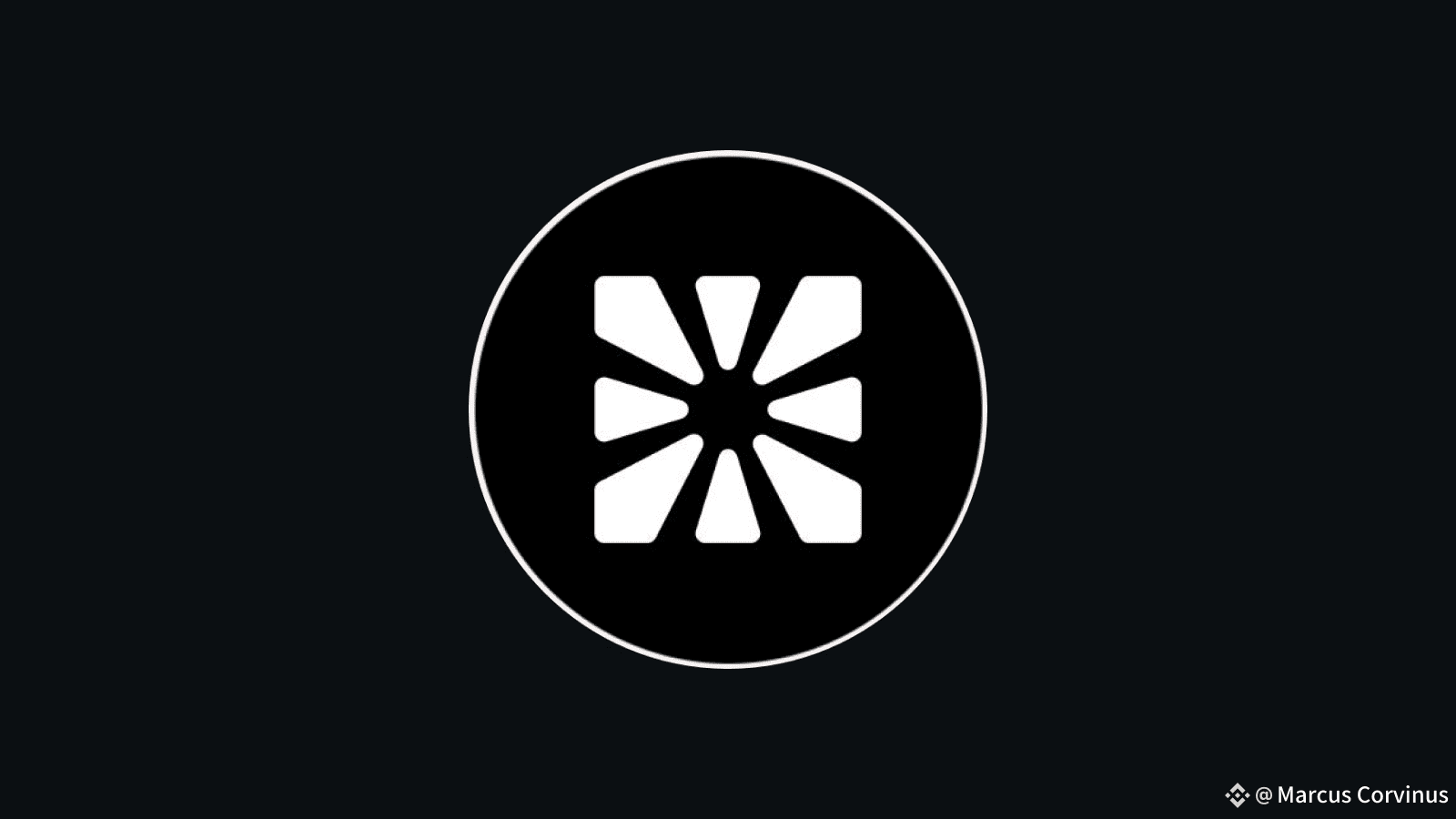I’ve been around the blockchain space long enough to know that most projects talk big but deliver small. That’s why when I first heard about @Chainbase Official , I wasn’t expecting much. But the more I looked into it, the more I realised — they’re actually building something that could become a backbone for Web3. And honestly, that’s rare.
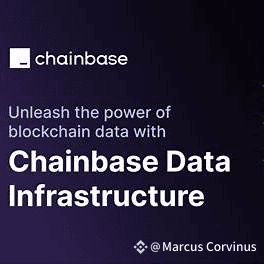
The Problem They’re Tackling
If you’ve ever tried to pull blockchain data for an app, you know the pain. Every chain stores data differently. Ethereum might have the format you expect, but then Solana does it another way. You spend half your time just figuring out how to read the data instead of actually building your project.
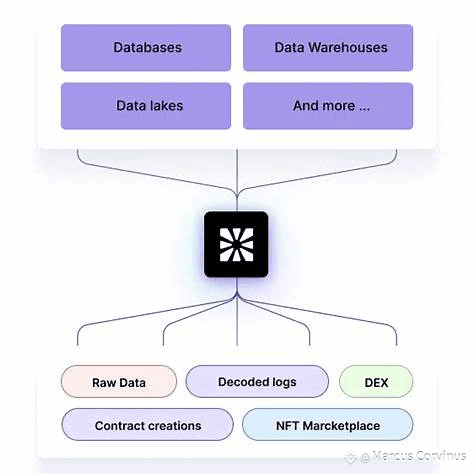
That’s where I think Chainbase makes sense. They’re saying: what if all that messy, scattered blockchain data could be indexed, cleaned, and made instantly usable? No waiting hours for syncs, no juggling ten APIs from ten chains — just one powerful system that works across the board.
What Makes Them Stand Out
I’ve seen indexing projects before, but here’s why I think Chainbase feels different:
All-chain mindset – They’re not tied to one ecosystem. If tomorrow a new chain explodes in popularity, they can add it in without rebuilding everything from scratch.
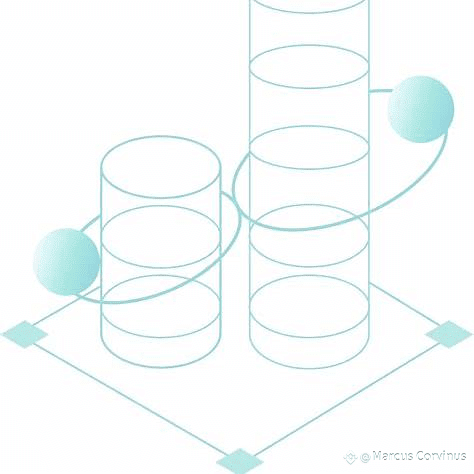
Real-time performance – I hate when “real-time” actually means “updated every 10 minutes.” They’re aiming for actual live queries.
Built with AI in mind – They’re not just thinking about today’s dApps, but how tomorrow’s AI models will consume blockchain data.
Decentralized at heart – No single company holding all the keys. If one node disappears, the network keeps running.
Where the $C Token Fits In
Now, the C token isn’t just some shiny logo for traders to speculate on. It’s the grease in the gears — the thing that keeps the network moving.
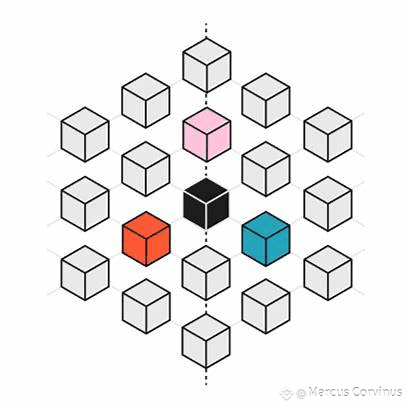
Here’s how I understand it:
1. Paying for access – If you want high-speed data, you use $C to pay for it.
2. Staking for trust – Node operators stake $C to prove they’re serious. Mess up, and you lose your stake.
3. Rewarding contributors – Whether you’re indexing data or running infrastructure, you can earn $C.
4. Community governance – Token holders can help decide on updates and changes.
It’s like the electricity bill, the security deposit, and the community voting token — all rolled into one.
Why This Matters
If you ask me, blockchain adoption doesn’t fail because of lack of interest — it fails because it’s too hard for regular people and even developers to interact with it. Projects like Chainbase can quietly fix that by making the tech smoother, faster, and more accessible.

And if they do that, the C token becomes more than just another ticker symbol on an exchange. It becomes something people need to get real work done in Web3.
Looking Ahead
I’m not saying Chainbase is going to take over the entire blockchain world tomorrow. But if they keep building at the pace they are, they could easily become one of those “invisible giants” — the kind of project that sits quietly in the background, powering hundreds of apps without most users even realising it.
In my head, I can already picture AI tools pulling live DeFi stats, NFT marketplaces showing instant cross-chain listings, and on-chain games updating in real time — all running smoothly because Chainbase is handling the messy data work behind the scenes.
My Take:
If they pull this off, Chainbase could end up being one of those projects people look back on and say, “Wow, that was hiding in plain sight the whole time.” And the C token? It might just be the quiet little engine making the whole thing possible.
